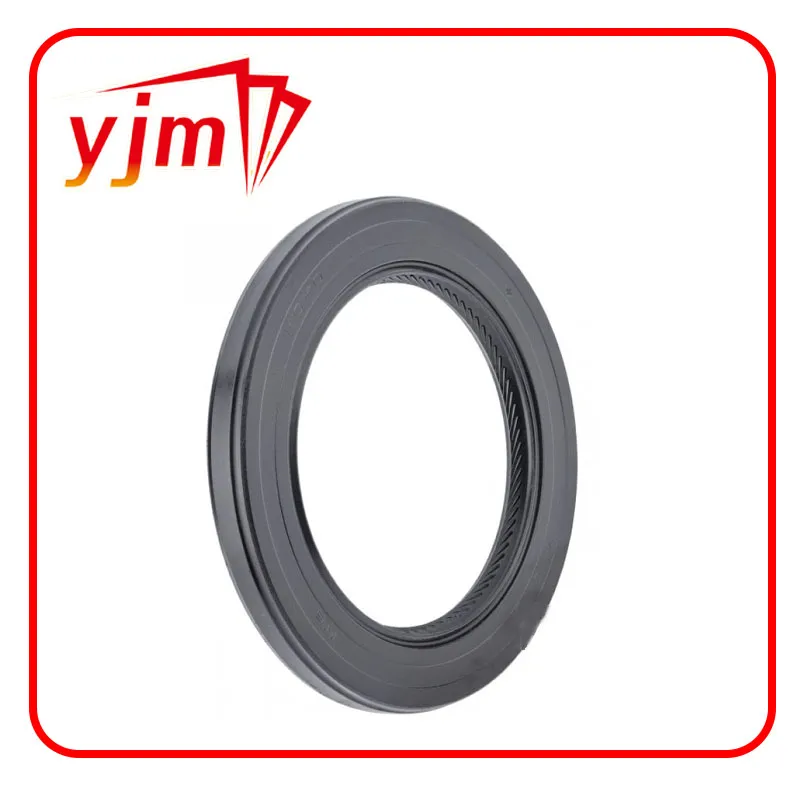Innovative Gasket Ring Designs for Enhanced Sealing and Performance Applications
Gasket Rings Essential Components in Fluid and Gas Sealing
Gasket rings are integral components used in various industries to create effective seals between different surfaces, preventing fluid and gas leaks. Their importance cannot be underestimated, as they play a critical role in ensuring the reliability and efficiency of machinery and equipment across diverse applications, from automotive engines to industrial piping systems. This article delves into the purpose, types, materials, and applications of gasket rings, highlighting their significance in modern engineering.
What Are Gasket Rings?
At their core, gasket rings are shaped seals designed to fill the gap between joining surfaces, usually in mechanical assemblies. They can be made from a variety of materials and are engineered to withstand specific temperatures, pressures, and chemical exposures. The primary function of gasket rings is to prevent leaks, maintain pressure, and facilitate the transfer of fluids and gases in a controlled manner.
Types of Gasket Rings
Gasket rings come in many styles and configurations, tailored to the specific requirements of an application. Some common types include
1. Solid Gasket Rings These are flat gaskets that provide a basic seal. They are often used in applications where the surfaces are smooth and fit tightly together.
2. O-Ring Gaskets O-rings are circular gaskets that can fit into a groove between two surfaces, providing a reliable seal. They are commonly used in hydraulic systems and piping.
3. Spiral Wound Gaskets These gaskets consist of alternating layers of metal and filler material, providing high resilience and flexibility. They are ideal for high-pressure environments and are often used in flanged joints.
4. Kammprofile Gaskets This type features a corrugated metal core with a sealing layer on one or both sides. They combine the benefits of metal and non-metal materials, ensuring a tight seal even under extreme conditions.
gasket rings

5. Rubber Gaskets Made from elastomeric materials, rubber gaskets are flexible and can compress easily, making them suitable for various applications, including automotive engines and plumbing systems.
Materials Used in Gasket Rings
The choice of material for gasket rings is crucial and depends on the specific requirements of the application, such as temperature, pressure, and chemical compatibility. Common materials include
- Rubber Used for its flexibility and sealing properties, suitable for low to medium temperature applications. - PTFE (Polytetrafluoroethylene) Known for its chemical resistance and high-temperature tolerance, PTFE is often used in corrosive environments. - Metal Metals such as stainless steel or copper are employed for high-temperature and high-pressure applications, often in the form of spiral wound or Kammprofile gaskets. - Fiber Gasket rings made from compressed fiber materials are common in applications requiring excellent sealing capabilities while resisting degradation from chemicals.
Applications of Gasket Rings
Gasket rings are ubiquitous across numerous fields. In the automotive industry, they are used extensively in engines, fuel systems, and transmissions to ensure leak-proof operations. In the oil and gas sector, gaskets play a pivotal role in pipelines and containment vessels, where they must withstand extreme pressures and corrosive substances.
In manufacturing, gasket rings are crucial for heavy machinery, compressors, and HVAC systems, where they help maintain efficiencies and prevent costly leaks. The food and beverage industry also relies on specialized gasket materials to ensure hygiene and prevent contamination.
Conclusion
Gasket rings are fundamental to the functionality and safety of countless machines and systems across industries. Their ability to prevent leaks and maintain pressure makes them essential for a wide range of applications, from everyday household plumbing to critical industrial processes. Understanding the different types of gasket rings, their materials, and their uses is invaluable for engineers, technicians, and anyone involved in design and maintenance. As technology advances and new materials are developed, the evolution of gasket rings will undoubtedly continue, improving their performance and expanding their applications in a constantly changing industrial landscape.
-
Understanding the Front Main Engine Seal: Purpose, Maintenance, and Installation
News Jul.29,2025
-
Understanding O-Rings and Seal Rings: Types, Applications, and Custom Solutions
News Jul.29,2025
-
Understanding Crankshaft Oil Seals: Rear Seals, Pulley Seals, and Their Role in Engine Integrity
News Jul.29,2025
-
The Importance of Front and Rear Crankshaft Seals in Engine Performance and Oil Management
News Jul.29,2025
-
Crank Oil Seals: Functions, Types, and Cost Considerations in Engine Maintenance
News Jul.29,2025
-
A Comprehensive Guide to O-Rings and Seals: Types, Materials, and Global Applications
News Jul.29,2025
-
Mastering Diesel and Performance Engine Maintenance: A Guide to Critical Oil Gaskets
News Jul.28,2025
Products categories















